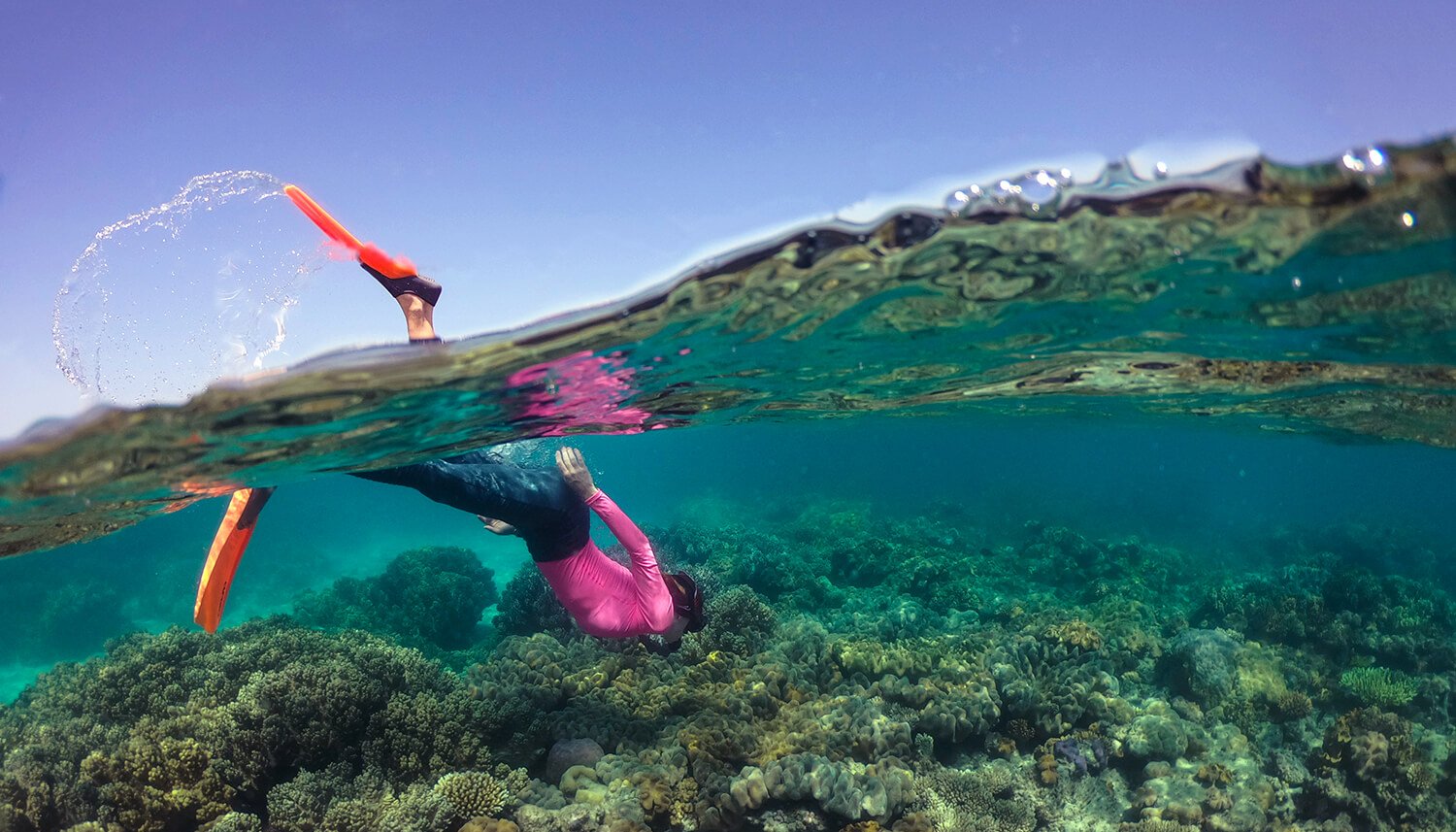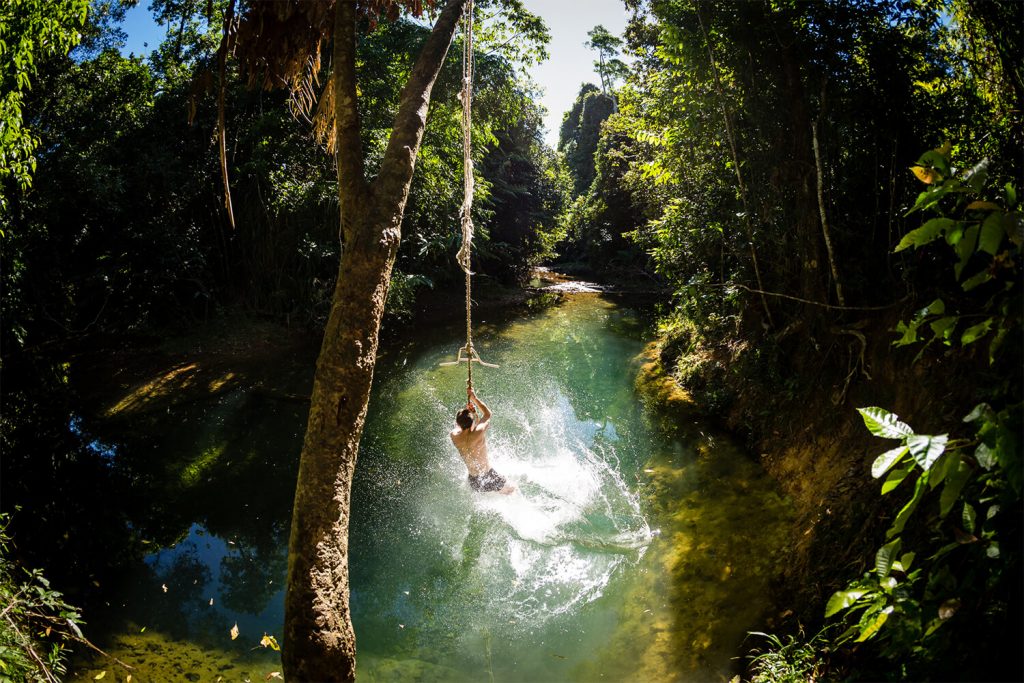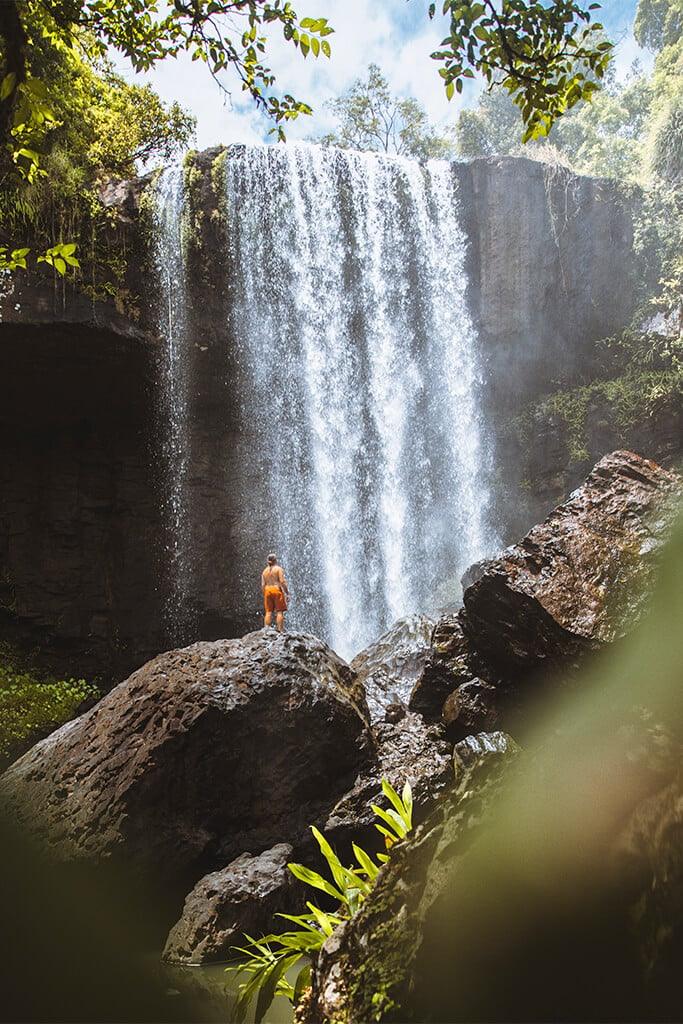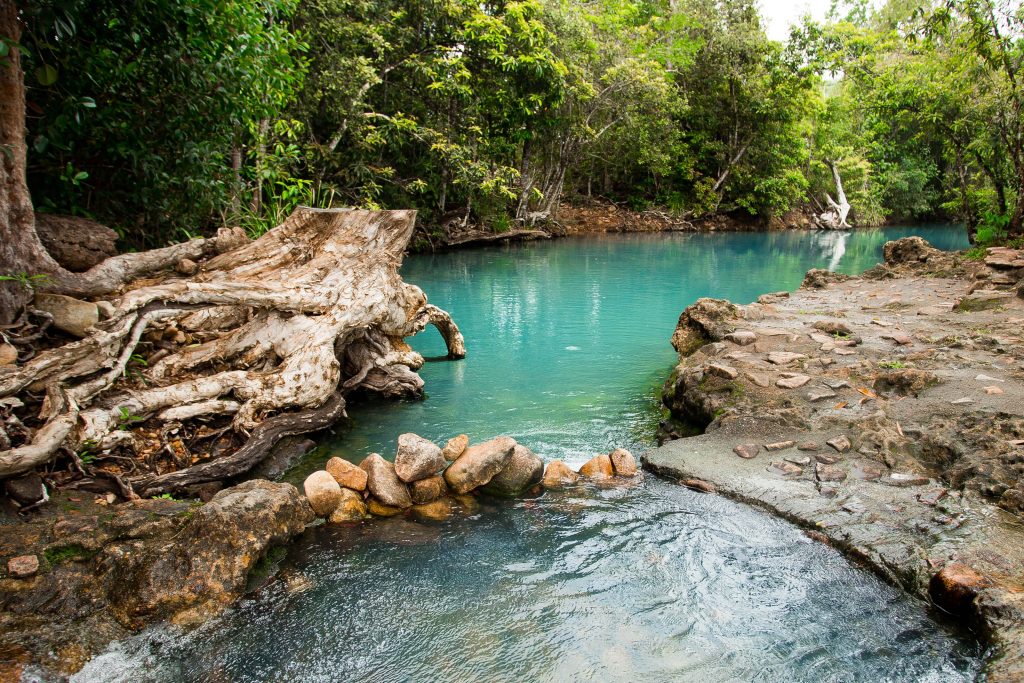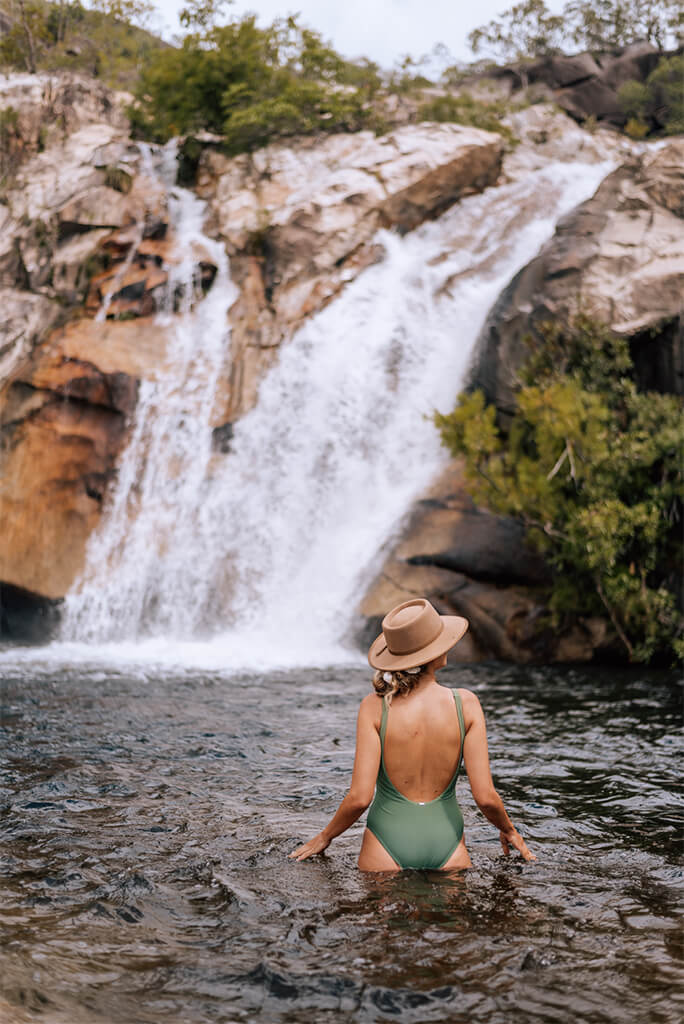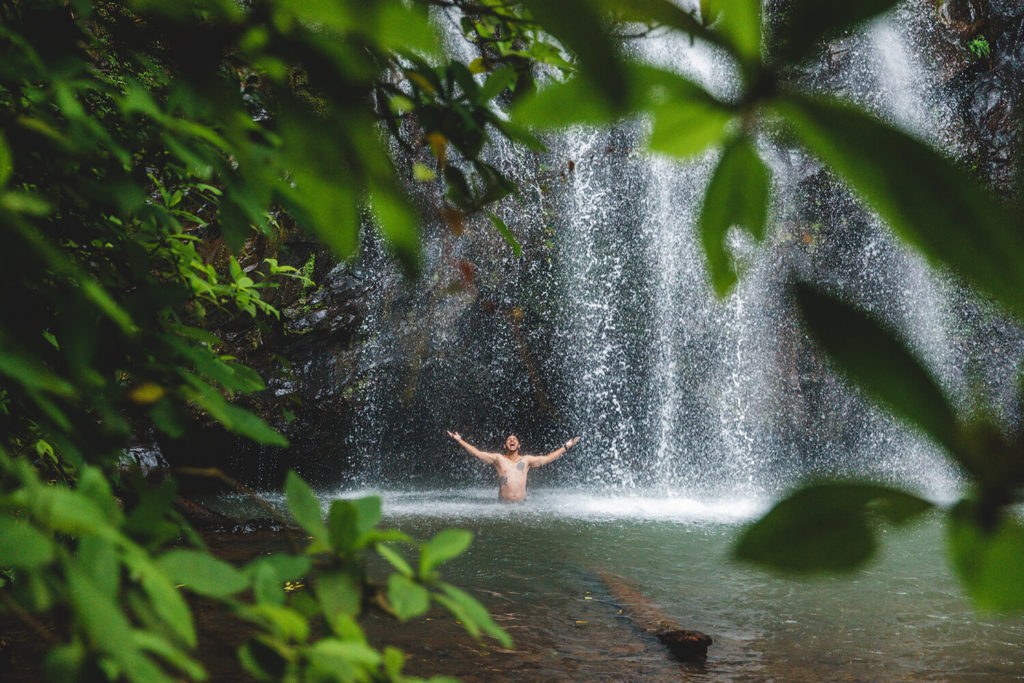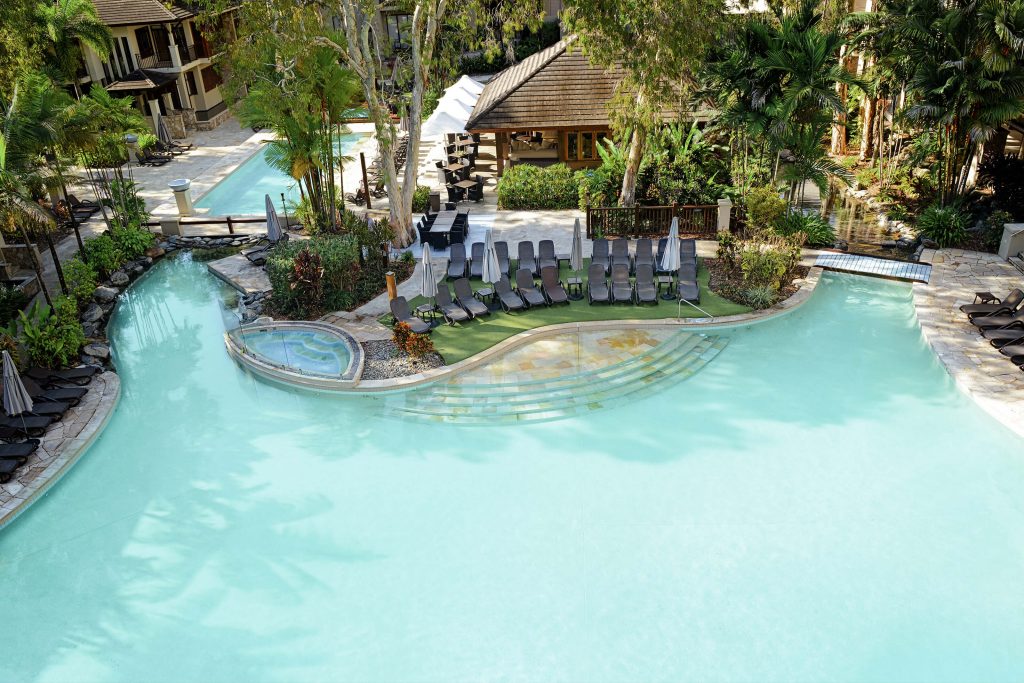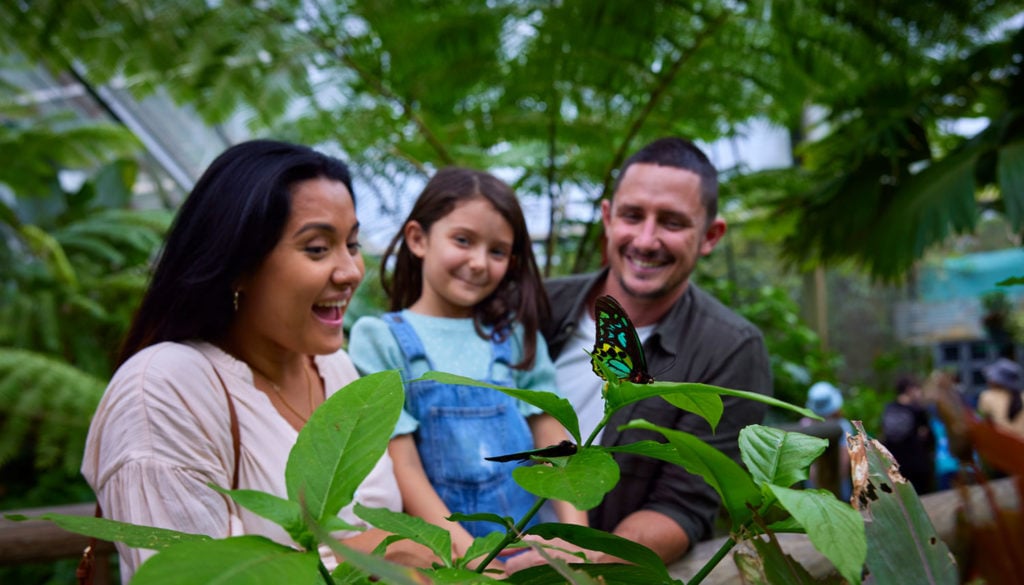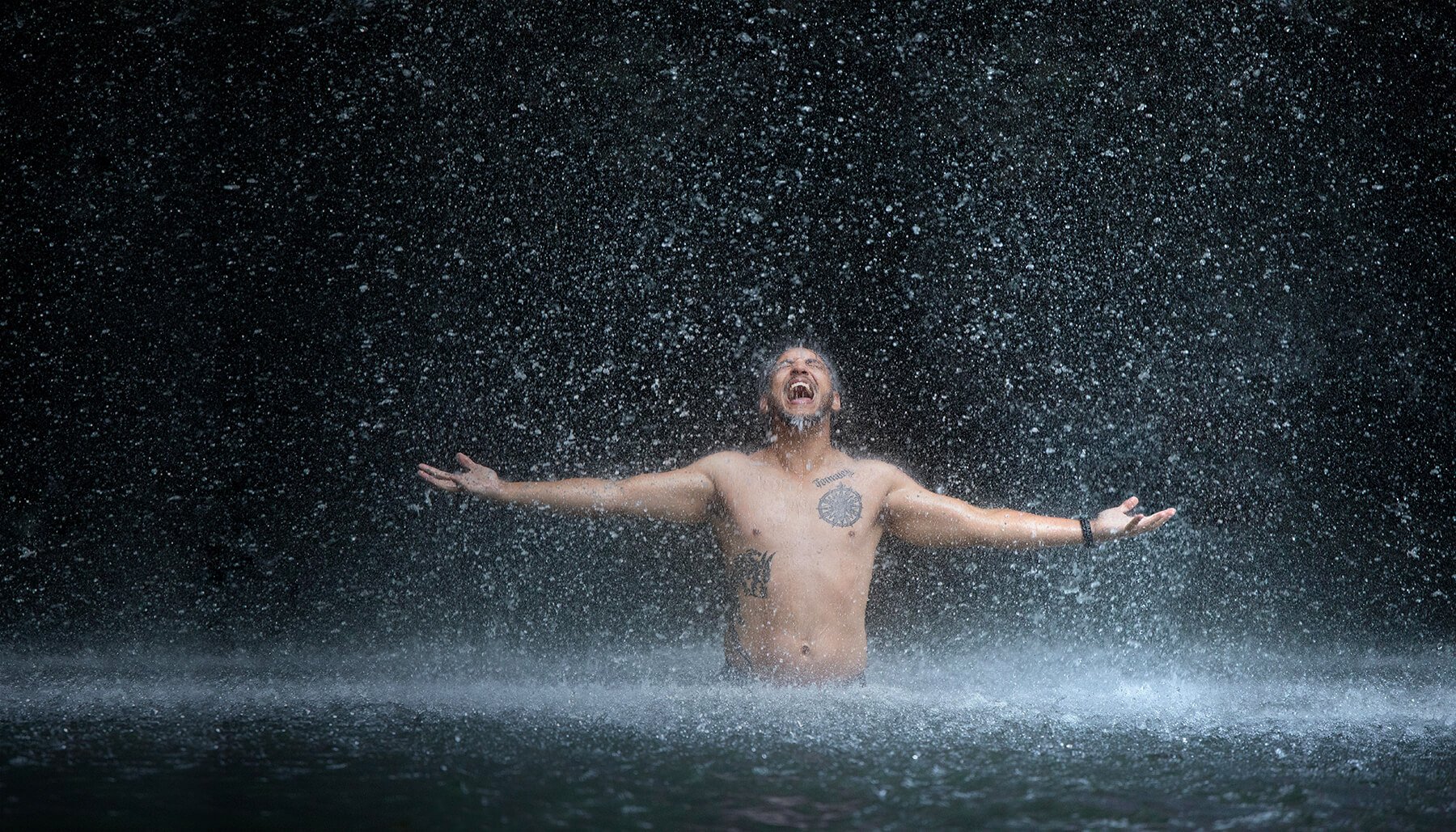TNQ Writer
Thought you knew everything there is to know about Tropical North Queensland? Read on to put these common myths to bed.
The thing about rumours, is they are seldom right and often wrong.
When destinations fall victim to facts blurring with fiction, the visitor experience can be cut unnecessarily short for no good reason.
To set the record straight, here’s 10 common myths busted about Tropical North Queensland.
FICTION: The Great Barrier Reef is dead
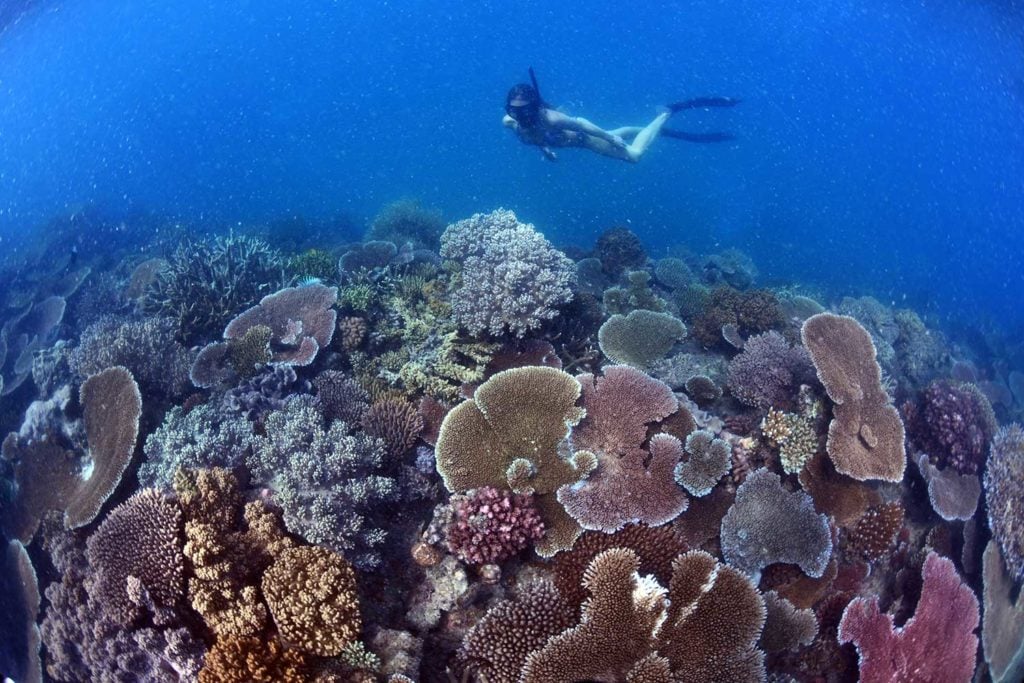
The Great Barrier Reef is one of the best managed reef systems on the planet
*bah-bow* That’s the sound of one of those loud, gaudy gameshow horns going off because this is one of the biggest examples of fake news on the planet.
Let’s get the facts straight. The Great Barrier Reef is absolutely and unequivocally not dead. It’s not just us saying it, the country’s lead reef agencies, the Great Barrier Reef Marine Park Authority and the Australian Institute of Marine Science and accredited Master Reef Guides, made this fact abundantly clear in their Outlook Report (2019).
While there’s no question the reef needs help protecting its future from the effects of coral bleaching, illegal fishing, rising sea temperatures and crown of thorns outbreaks, scientists agree the reef is teeming with life and still the best-managed reef system on the planet.
FICTION: You can’t swim anywhere in Tropical North Queensland
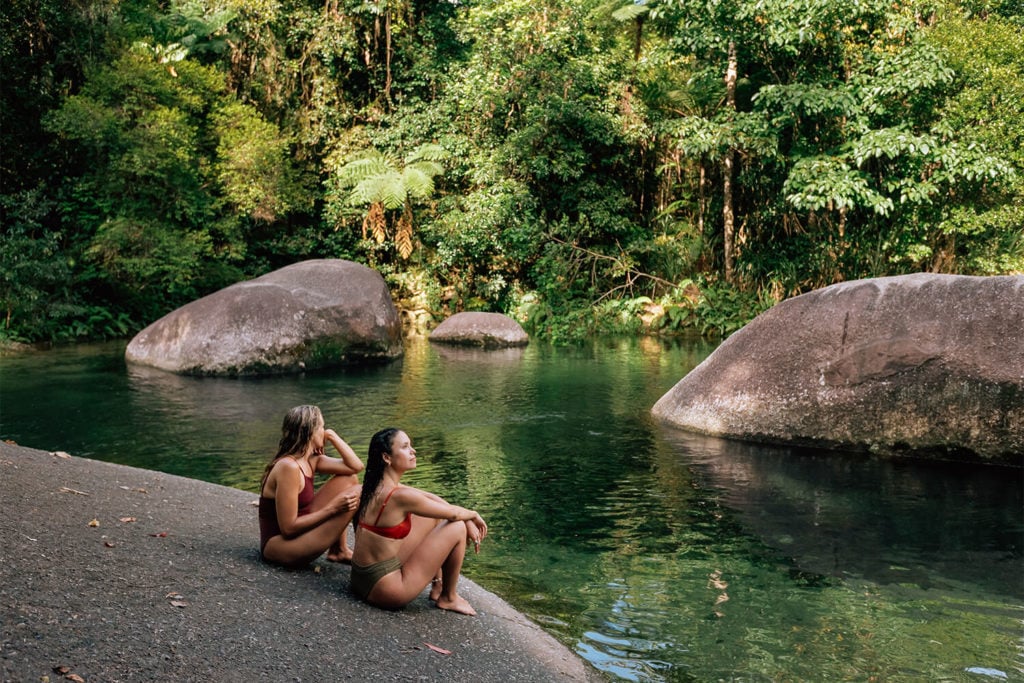
Tropical North Queensland has an abundance of crystal-clear, croc-free swimming holes
Tropical North Queensland has an abundance of crystal-clear, croc-free swimming holes
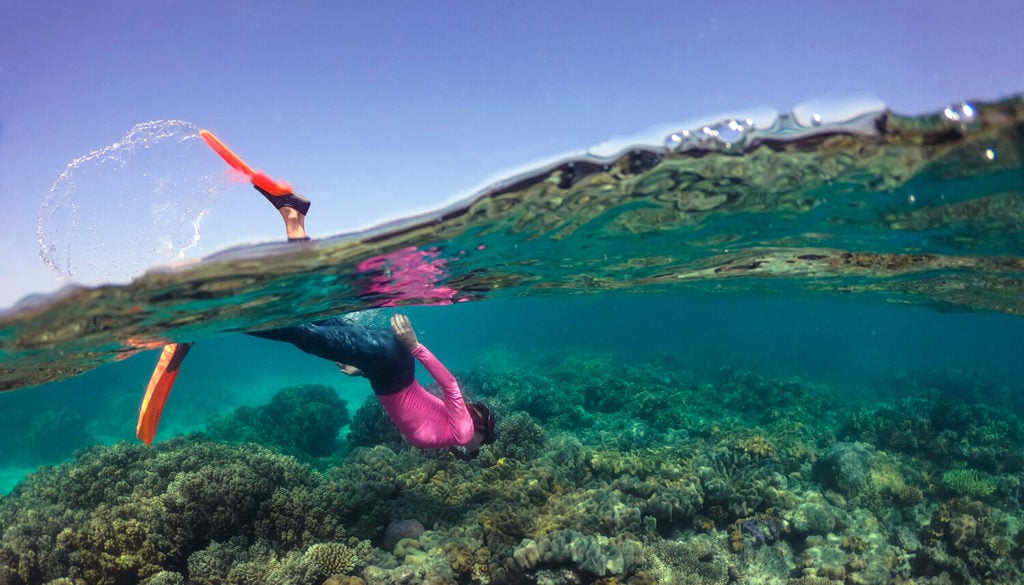
Explore the Great Barrier Reef wearing a stinger suit
Explore the Great Barrier Reef wearing a stinger suit
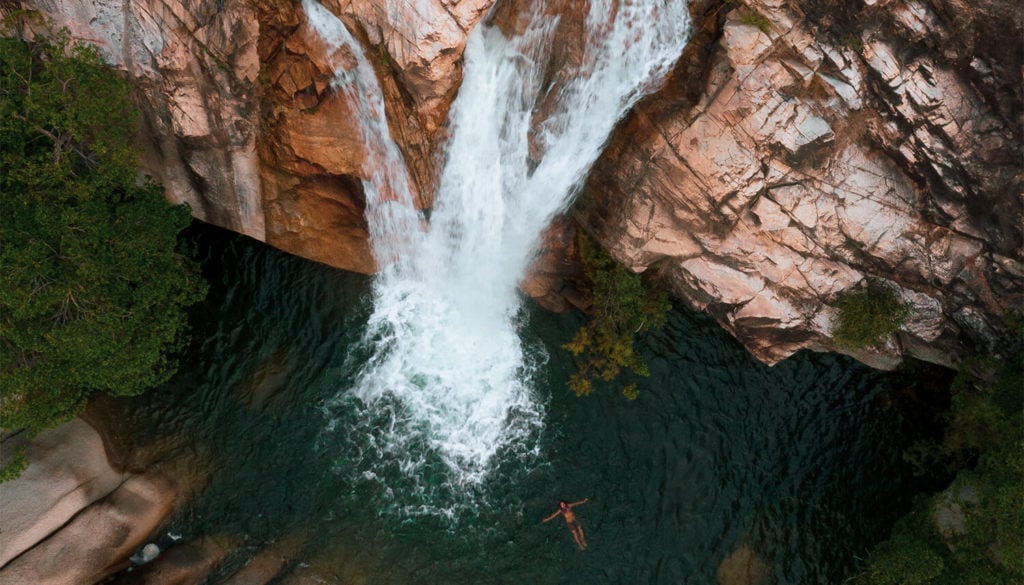
There's plenty of croc-free waterfalls to swim at
There's plenty of croc-free waterfalls to swim at
This assumption is straight up fiction and largely centered around (often) mislaid fears of nasties in our waterways. Crocodiles and jellyfish are at the heart of this myth, and while both are present and actual threats – there are plenty of natural and man-made swimming areas, perfectly safe for your visit. You can start with these 20 waterfalls near Cairns or take a swim in the Coral Sea-fronting Cairns Lagoon.
Crocodiles
These apex predators might claim plenty of territory in Tropical North Queensland waterways, but they don’t (and can’t) live in every water environment. The most famous and ferocious crocodile in North Queensland is the saltwater crocodile, which (clue is in its name) generally only inhabits saltwater environments.
Fresh water alone doesn’t guarantee an absence of crocs, but if you’re looking for crocodile-free swimming holes, you’re best to head inland to one of these freshwater swimming spots or waterfalls, or venture out to the reef to cool off. To separate more crocodile facts from fiction, get croc-wise with this article.
Stingers
The reputation of Tropical North Queensland’s stingers precedes them – the Irukandji and box jellyfish are some of the most dangerous and venomous on the planet. Being stinger safe is a reality for all locals and visitors over summer, however, their presence is not a reason to avoid the water altogether.
Most beaches are equipped with swimming nets and are patrolled for safe swimming with lifeguards, complete with stinger kits equipped for any unlikely stings.
When swimming in the ocean or at the beach over stinger season, November to May, it’s also recommended you wear a protective suit to minimise the risk. All Great Barrier Reef tours will provide a suit for guests, so you can still dive into the World Heritage-listed wonder over the warmer months. Getting suited up for your reef trip is also better for the corals, as they won’t be exposed to sunscreen.
Stay jellyfish safe
FICTION: It’s too hot and wet to visit Tropical North Queensland in summer
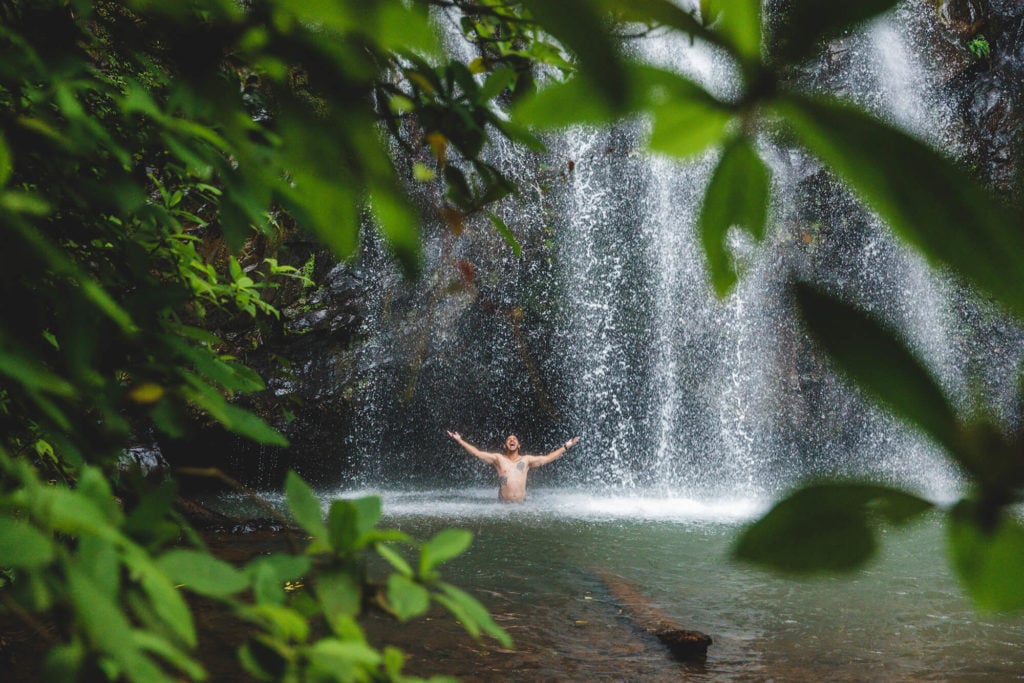
Cool off in nature's showers
There’s no doubt Tropical North Queensland enjoys tropical conditions all year round, but that’s the appeal – you didn’t come to Cairns to wear a jumper, did you?
Despite what you may have heard about summer heats, the mercury averages just over 30 degrees between December and February, making the tropics only a smidge warmer than the Sunshine State’s capital and comparable in temperature to many other parts of the country.
When you visit Tropical North Queensland in summer, you can expect to find an environment that’s perfectly seasoned by nature, with Mother Nature dousing the destination with cooling rainfalls that fill the swimming holes and waterfalls.
Do yourself a favour and experience summer, cooling off the way nature intended at these waterholes.
FICTION: The Daintree Rainforest is the only World Heritage-listed rainforest in North Queensland
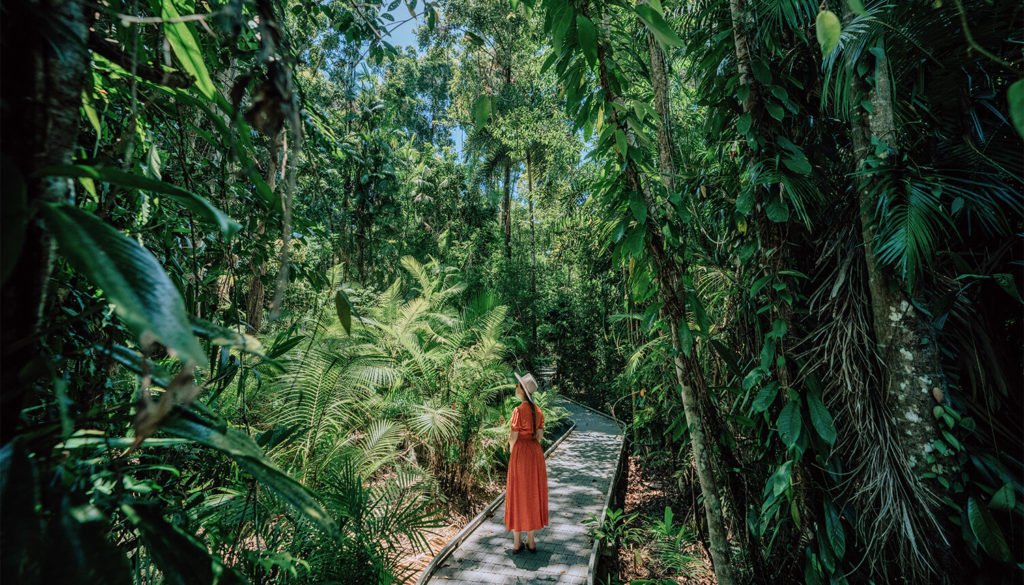
The Daintree Rainforest
The Daintree Rainforest
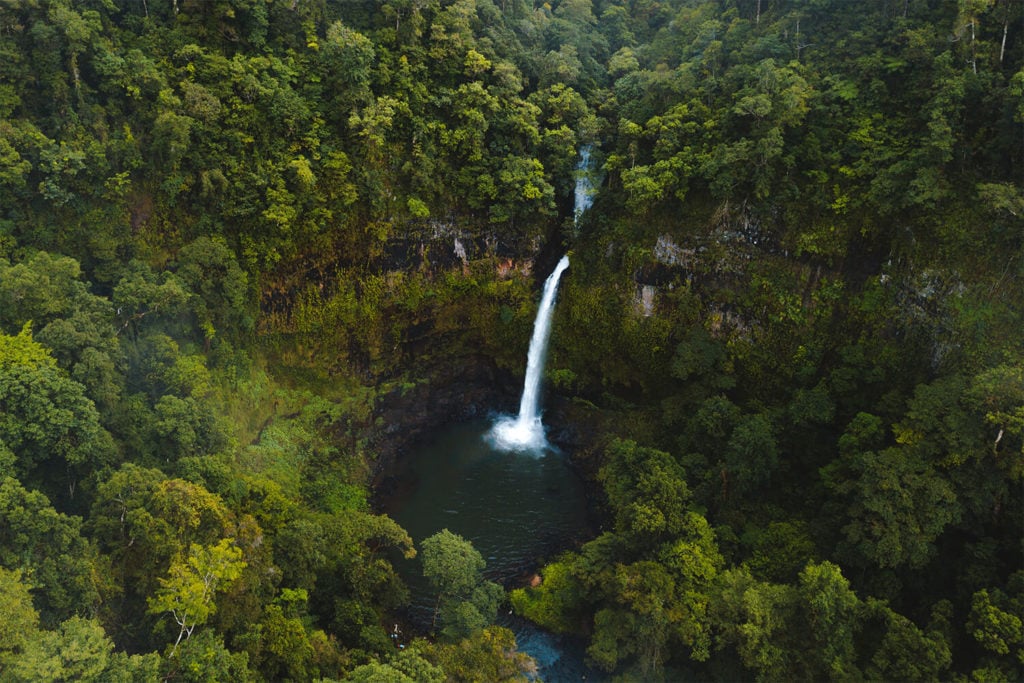
Wooroonooran National Park
Wooroonooran National Park
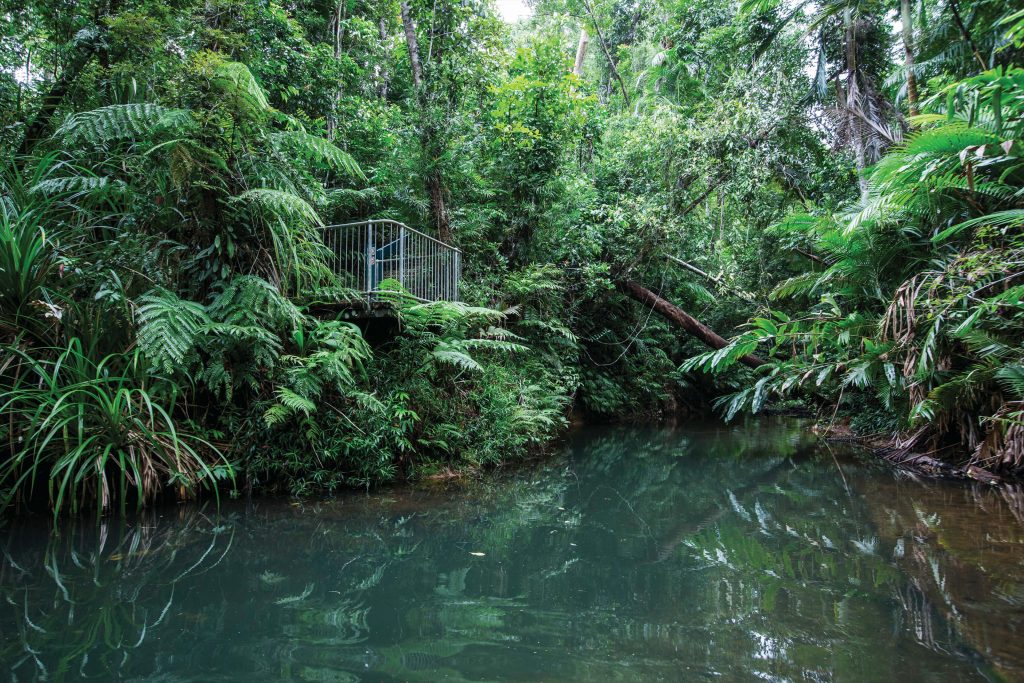
Djiru National Park
Djiru National Park
The Daintree Rainforest is part of the oldest continually surviving rainforest on the planet, but you might be surprised to find out it’s only a relatively small, 2600km², section of the UNESCO World Heritage-listed Wet Tropics Rainforest.
The entire rainforest covers 9000km2 (about the same size as Cyprus for those playing at home) and incorporates 30 national parks across five distinct precincts, of which the Daintree Rainforest is just one. To say you’ve seen the Daintree and seen it all is as preposterous as saying you’ve been to Cooktown and therefore seen all of Cape York.
When you go behind the foliage and see the Wet Tropics from a few vantage points, you’ll discover everything from dry woodlands to mossy rainforests and thunderous waterfalls – delivering a distinctly different experience at each point.
You’ll want an in-depth rainforest experience – Sir David Attenborough described the Wet Tropics Rainforest as “the most extraordinary place on earth” and you’ll want time with this rainforest to see why.
FACT & FICTION: Cassowaries are extremely dangerous
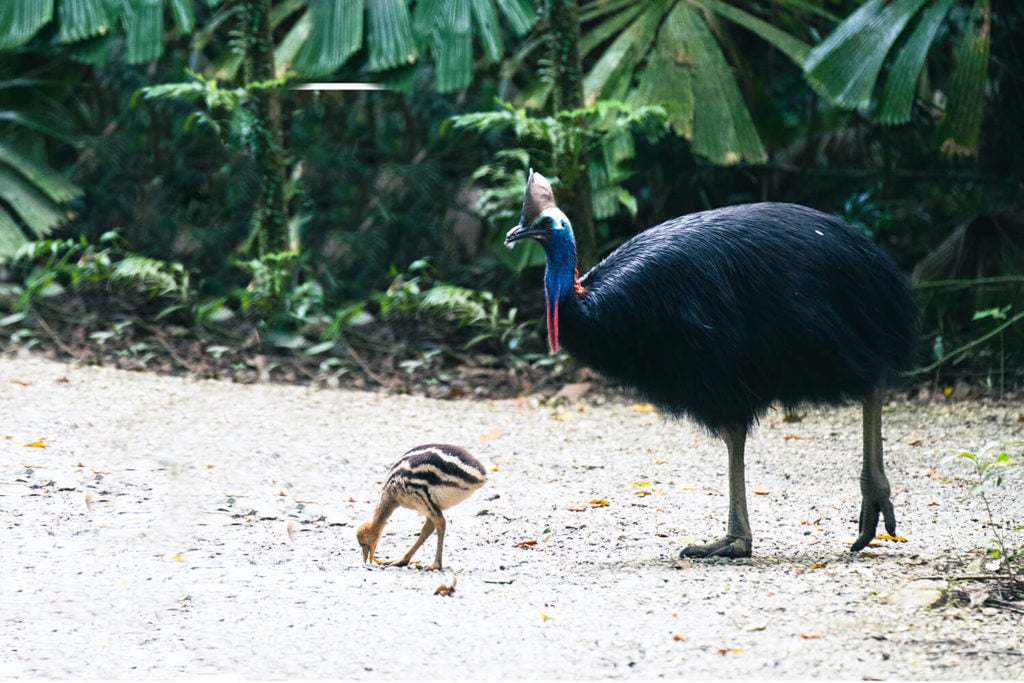
Remember to be Cass-o-wary during your time in the Tropics
There’s no beating around the beak on this one – Australia’s living dinosaurs, cassowaries, are armed (with a horn) and can be dangerous if they feel threatened. However, believe it or not, humans are more of a risk to cassowaries than cassowaries are to humans, with urban development and car collisions responsible for cassowary deaths more than anything else.
When you’re travelling in Tropical North Queensland it’s important to be cass-o-wary and only ever view these majestic creatures, from a distance. For more information about our feathered friend, fly over here.
FICTION: Tropical North Queensland is just reef and rainforest
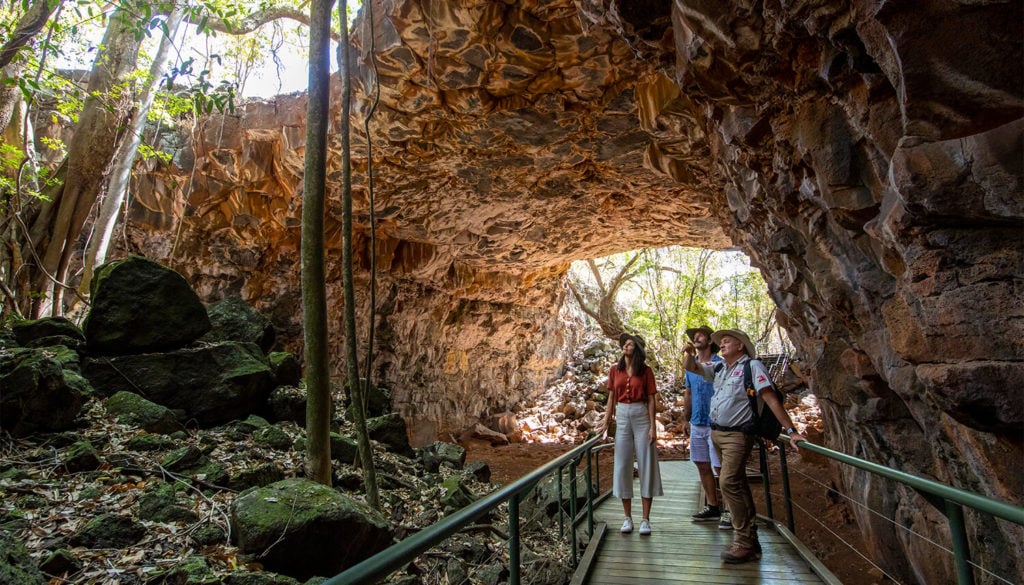
Undara Lava Tubes in the outback
Undara Lava Tubes in the outback
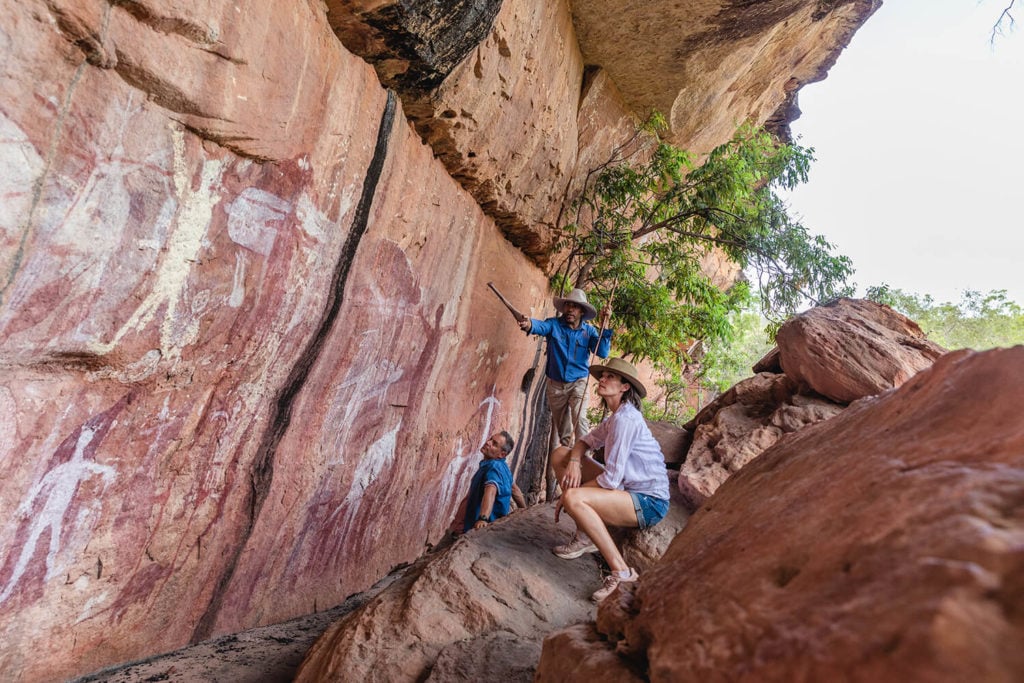
Explore with Indigenous custodians on Jarramali Rock Art Tours
Explore with Indigenous custodians on Jarramali Rock Art Tours
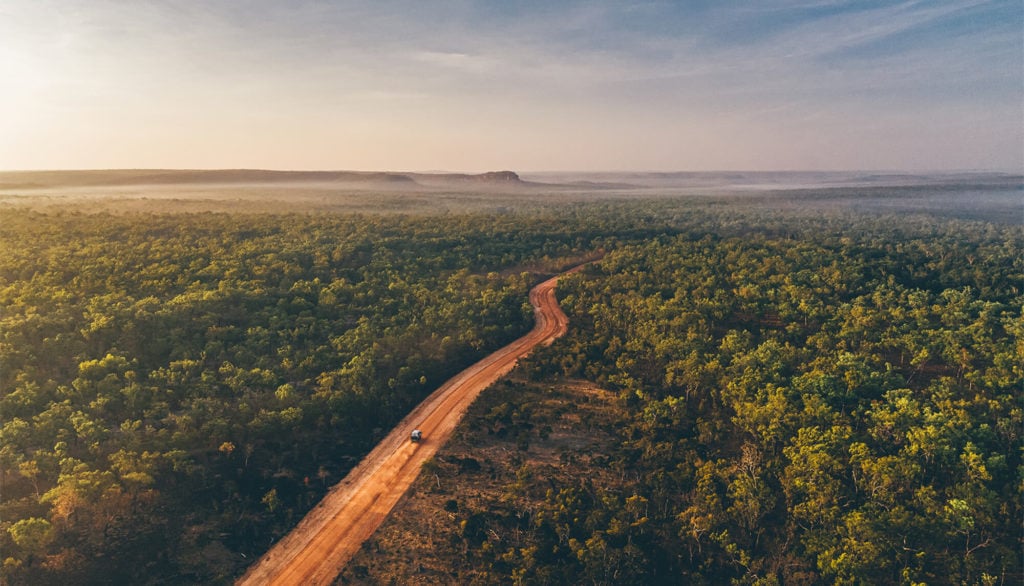
Tropical North Queensland is home to stunning outback
Tropical North Queensland is home to stunning outback
Sure, the reef and rainforest might be the region’s most famous natural assets, but this destination is so much more than a pretty reef and rainforest face. In Tropical North Queensland Aboriginal and Torres Strait Islander traditional custodians share their stories and legends provide unparalleled interpretation of the history and geology of the region. Beyond the landscapes you find close to the coast, three hours west of the Great Barrier Reef, rainforest gives way to savannah land and an outback landscape home to 190,000 year old lava tubes. For more first and only’s to be found in Tropical North Queensland, check out these exclusive experiences.
FICTION: Bleached coral is dead coral
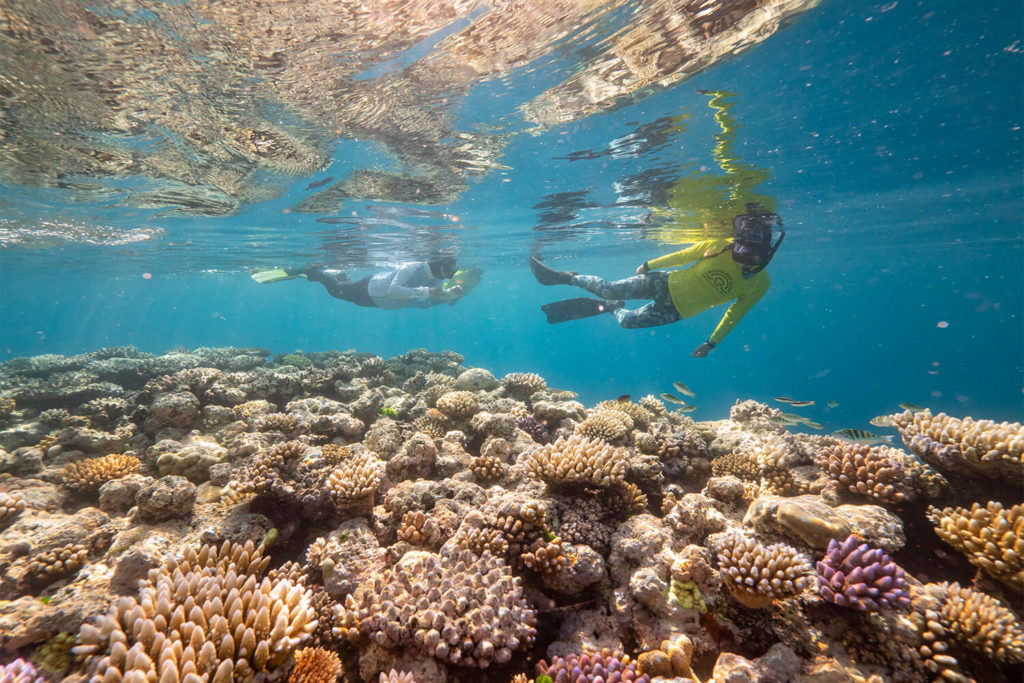
Visit the reef with a Master Reef Guide to learn how to protect it
Consider this myth busted because bleached and dead coral are two different things. While bleaching has occurred in some sections of the Great Barrier Reef (and other reef systems around the world for that matter), scientists agree that bleached coral is still alive, and with the right conditions will survive a bleaching episode.
What’s important for this bleached coral’s survival is a healthy reef system, as bleached corals are more susceptible to starvation and disease. Even as a visitor, there’s plenty of ways you can help protect Australia’s famous reef to help preserve it for future generations.
FICTION: There’s nothing to do in when it rains
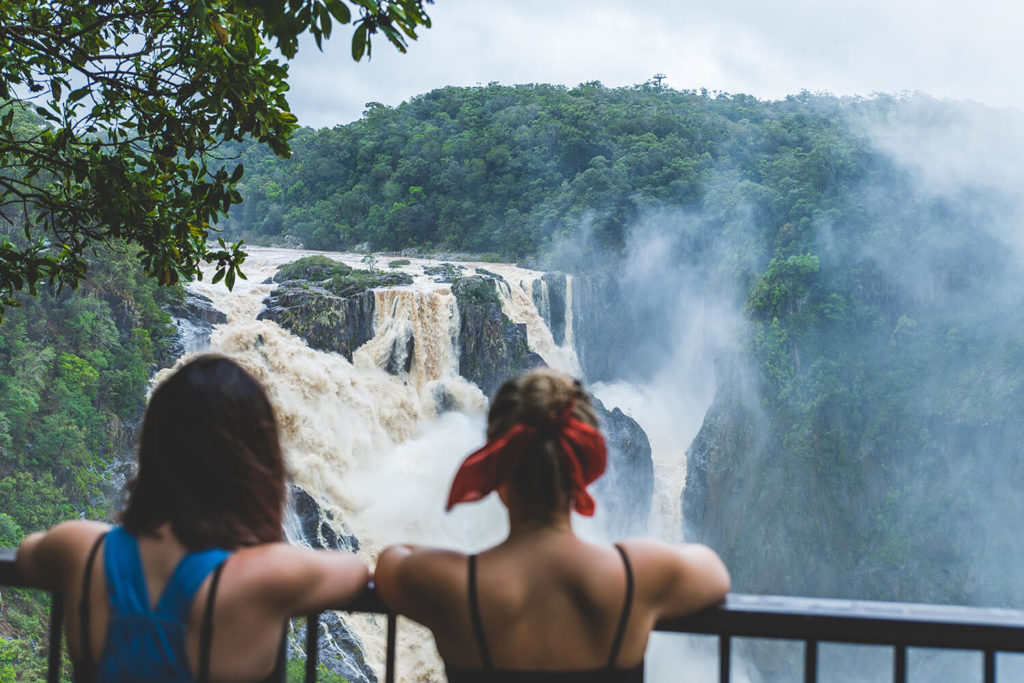
Chase pumping waterfalls during the rain
Chase pumping waterfalls during the rain
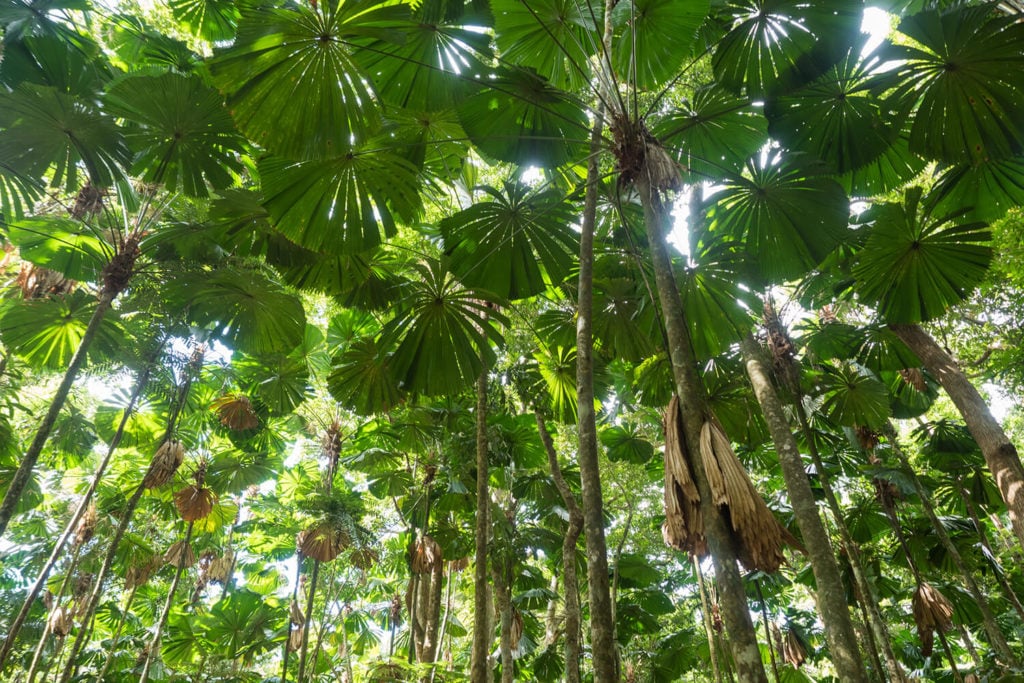
The rainforest comes alive during the rain
The rainforest comes alive during the rain
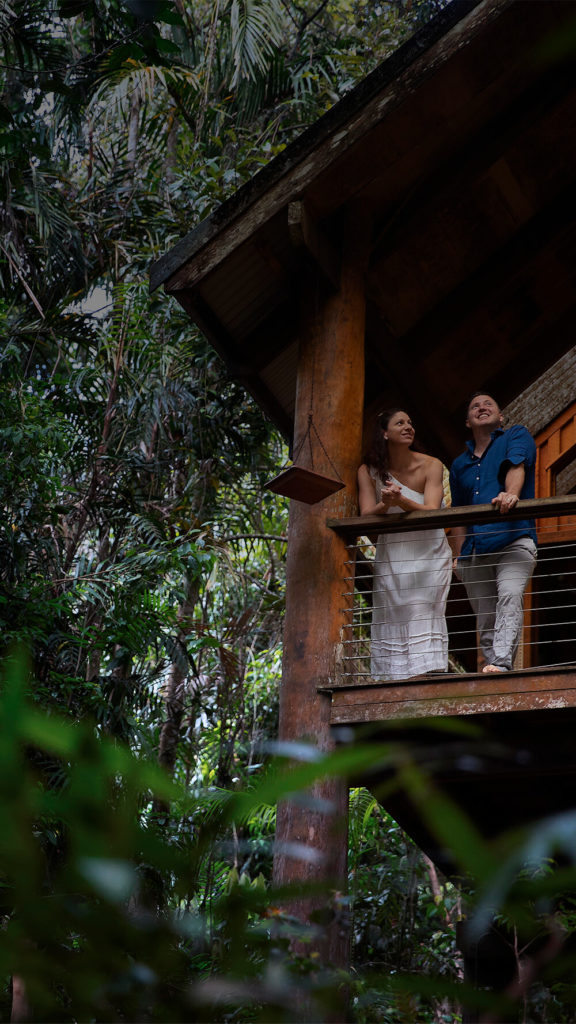
Watch a storm roll in from a cosy rainforest cabin
Watch a storm roll in from a cosy rainforest cabin
If you find it raining on your holiday parade, there’s no need to be holed up inside in the tropics. Embrace the wet season, which turns some of the regions trickling waterfalls into pumping ones – perfect for waterfall and waterhole chasing. To get you started, check out the famous waterfall circuit in the Atherton Tablelands.
There’s something incredibly magical about being in the rainforest during a downpour. The foliage glistens, the frogs begin to croak and the earthy scent of Mother Nature fills the air. Rainforest boardwalks are a great choice during wet weather due to their solid foundation and ease of accessibility.
Or if you’re in the mood for feeling snug, there’s something soothing and mesmerising about watching a storm roll in from a cozy cabin.

